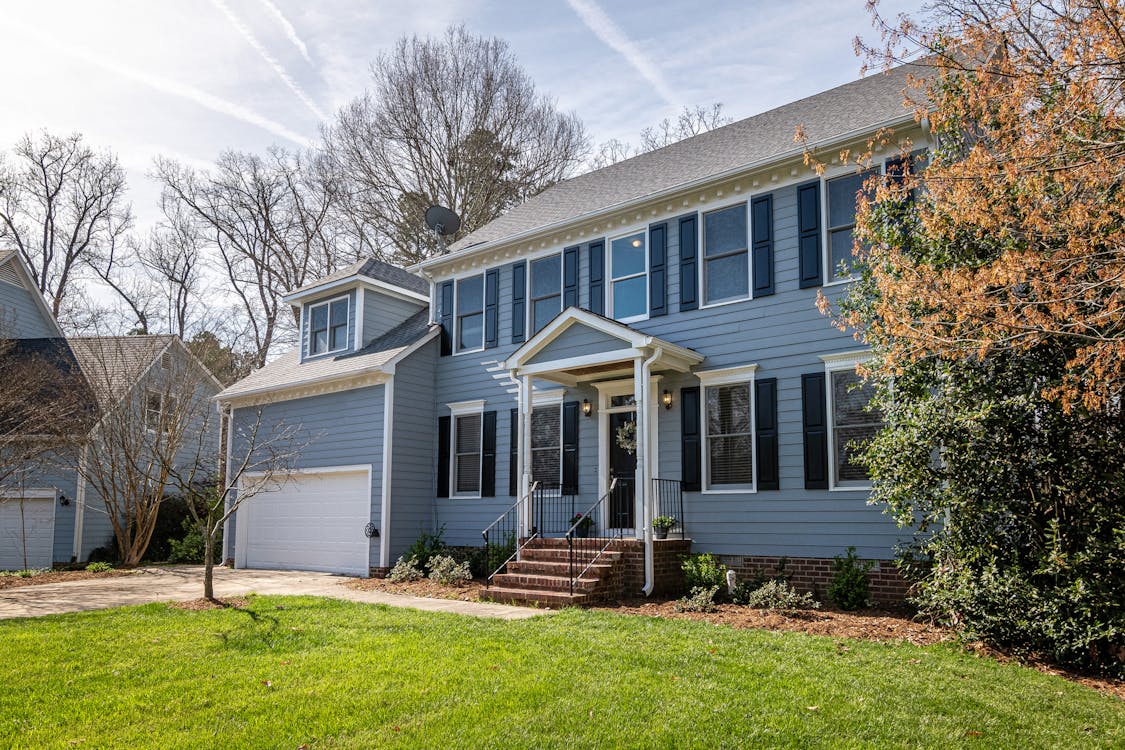Your homeowner’s insurance is supposed to help you recover from a multitude of household disasters, from fires to burglaries. But it won’t help you handle every type of disaster that comes your way. There are plenty of exemptions in your insurance policy that could leave you with no help when you need it most.
To guarantee that you’re not shocked when the worst-case scenario happens, you should learn about the common gaps in your homeowner’s insurance.
Earthquakes:
Common exemptions from homeowners’ insurance policies are earthquakes and ground movements. Most property damage resulting from a ground movement will not be granted any coverage.
Earthquakes aren’t typical across the country. Only certain states, like California, are considered at high risk for earthquakes. If you happen to live in one of these specific states, you will want to fill the gap in your homeowner’s insurance to make sure that you aren’t solely responsible for repairing household damage after this natural disaster hits. Do this by applying for earthquake insurance as soon as you can.
Flooding:
A standard homeowners insurance policy will not cover water damage from natural flooding (sometimes called “overland flooding”). It will not cover water damage from sewer backup and sump pump failure. Usually, your policy will only cover water damage from burst pipes, water heater failure, appliance breakdowns and similar indoor problems.
So, how can you fill these gaps left by your homeowners insurance policy? You can apply for flood insurance. This is a wise decision if you’re in an area that’s at high risk for overland flooding or if your home has suffered from flood problems in the past. You could benefit from this additional protection.
Pest Infestation:
Your homeowner’s insurance policy probably won’t offer coverage in cases of pest infestation. It won’t help you cover the costs of hiring professional pest control services, and it won’t help you cover the costs of damages the pests created.
Why? It’s likely because pest infestation can be caused by homeowner neglect. If you don’t seal exits/entrances properly, if you leave food lying around or if you don’t keep your rooms clean, it could invite pests indoors. So, this household problem is considered completely avoidable.
How can you fill this gap in your insurance? You should put together an emergency fund. An emergency fund is a personal collection of savings that you can withdraw from when you need to cover an urgent, unplanned expense. If you’ve noticed that your basement has mice scurrying around, you can use those savings to pay for pest control services and any related expenses (for example, replacing electrical wires that have been chewed up).
In circumstances when you don’t have enough savings available, you can try to apply for a personal loan online. It’s a convenient solution when you need to try to get money today fast and there’s not enough in your emergency fund. As long as you check off all of the loan qualifications, you can fill out an application in minutes and send it in. You just might get approved for the loan and get the funds you need to resolve your emergency.
Afterward, you can dedicate your energy to a steady loan repayment plan. Adjust your budget so that you can follow the monthly billing cycle without trouble.
Remember to fill those gaps in your homeowner’s insurance. You don’t want to ignore them and pay for this mistake!

